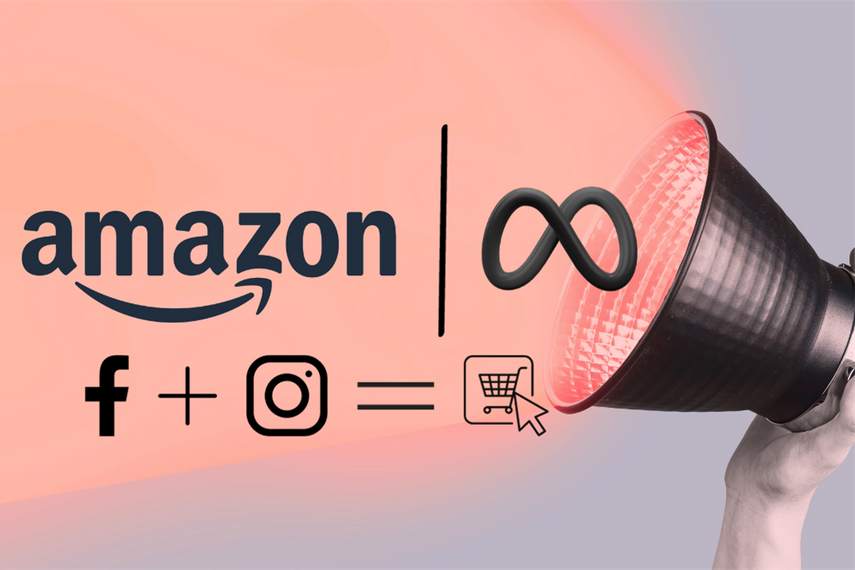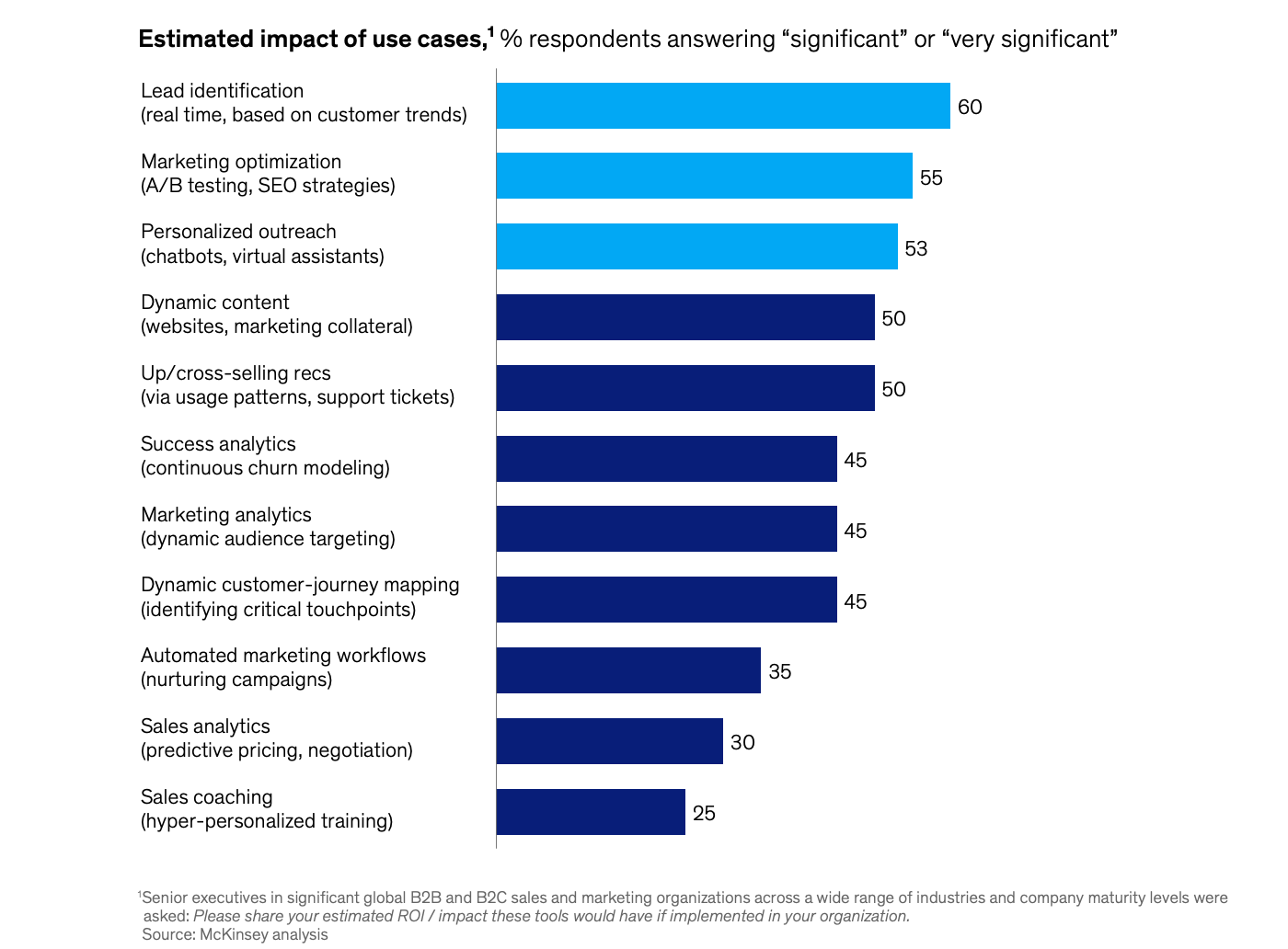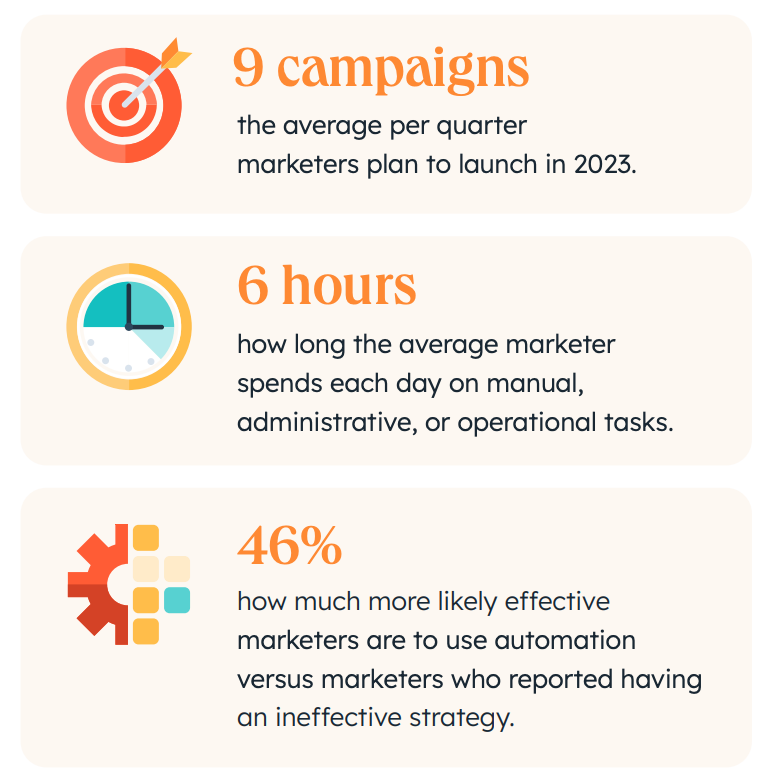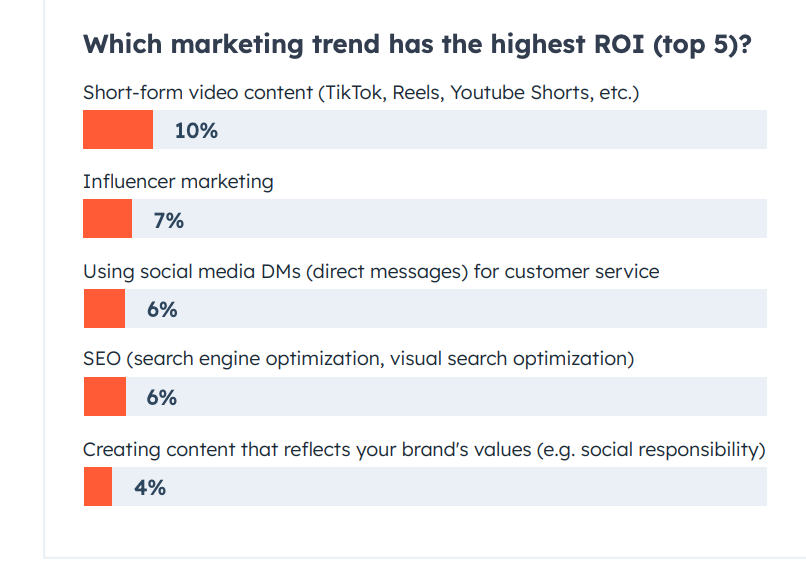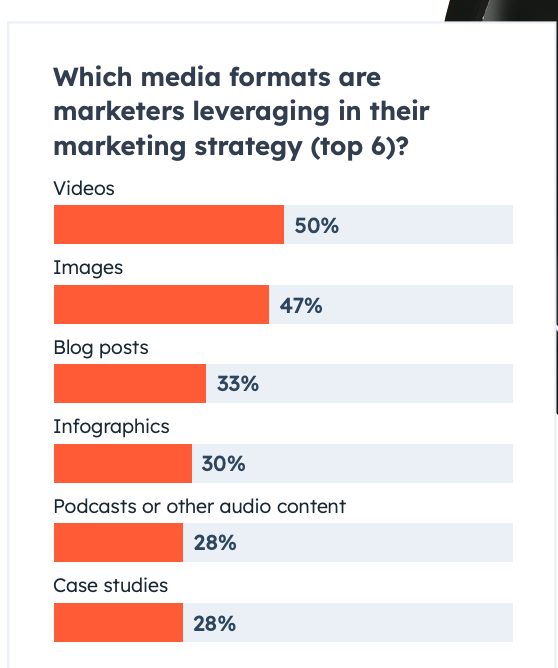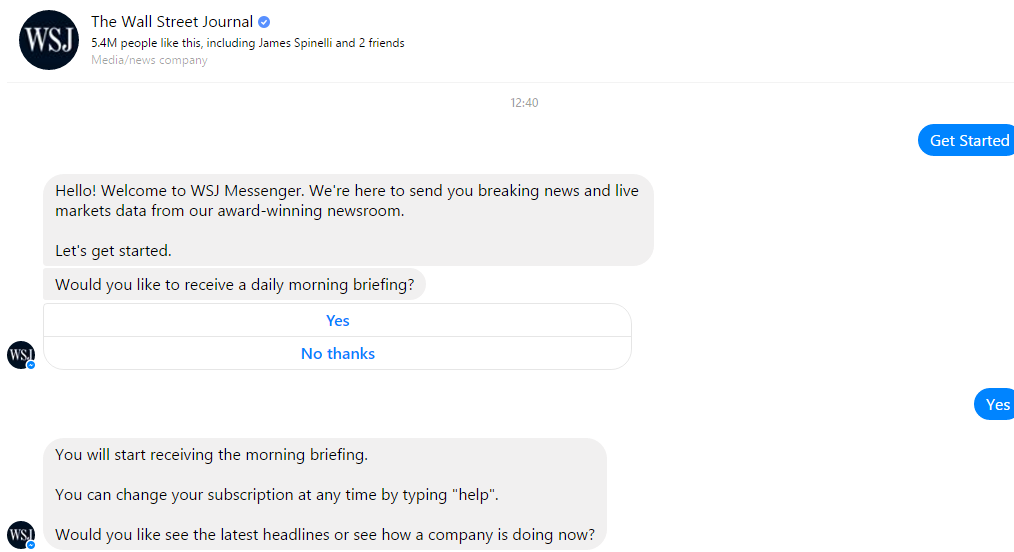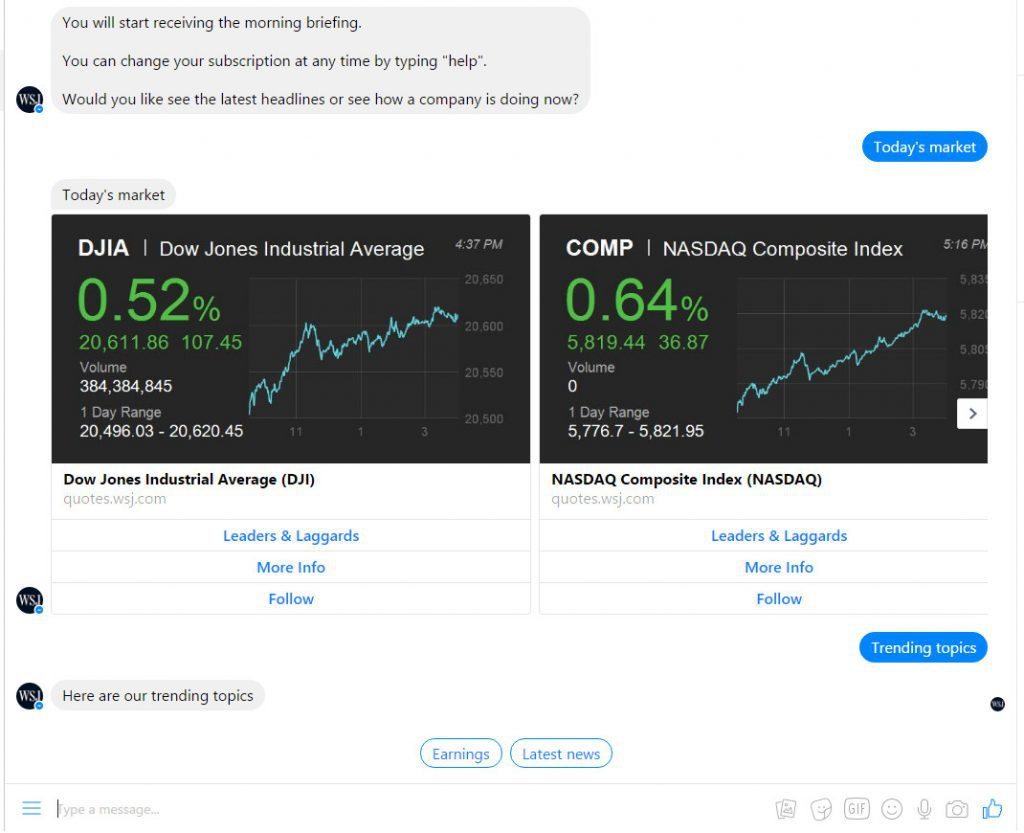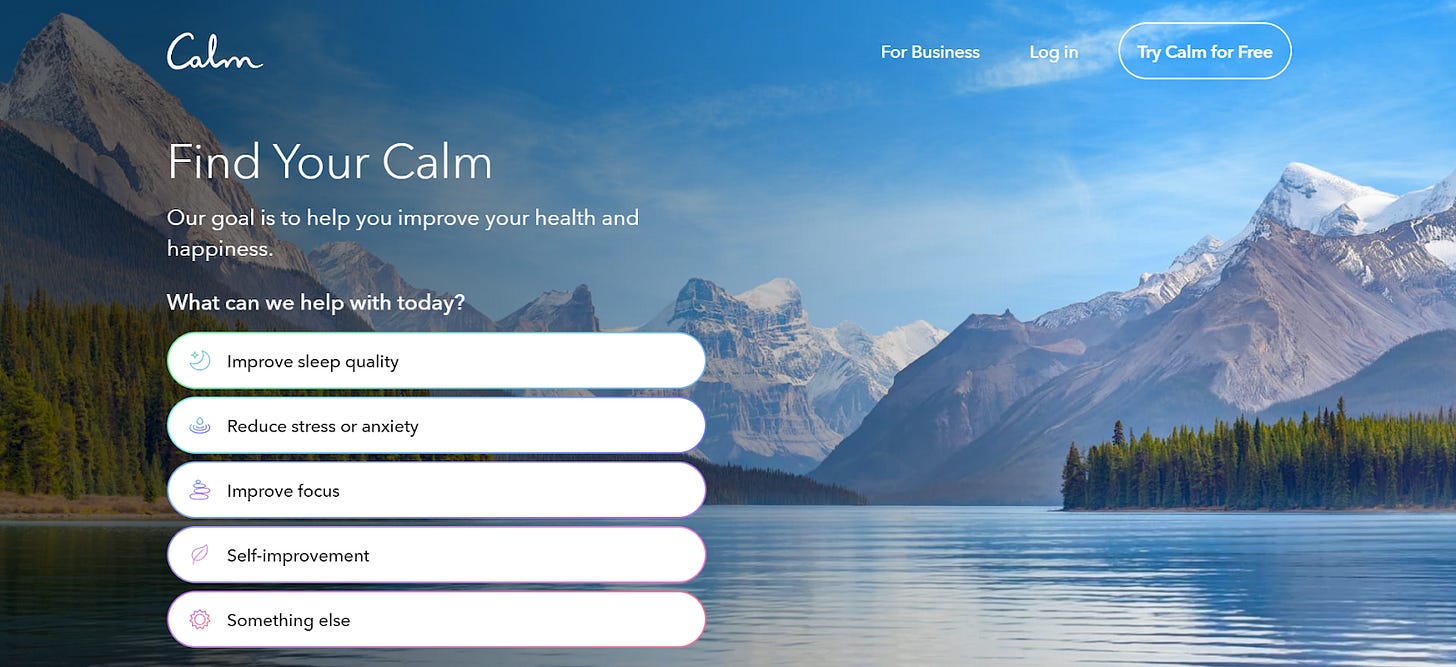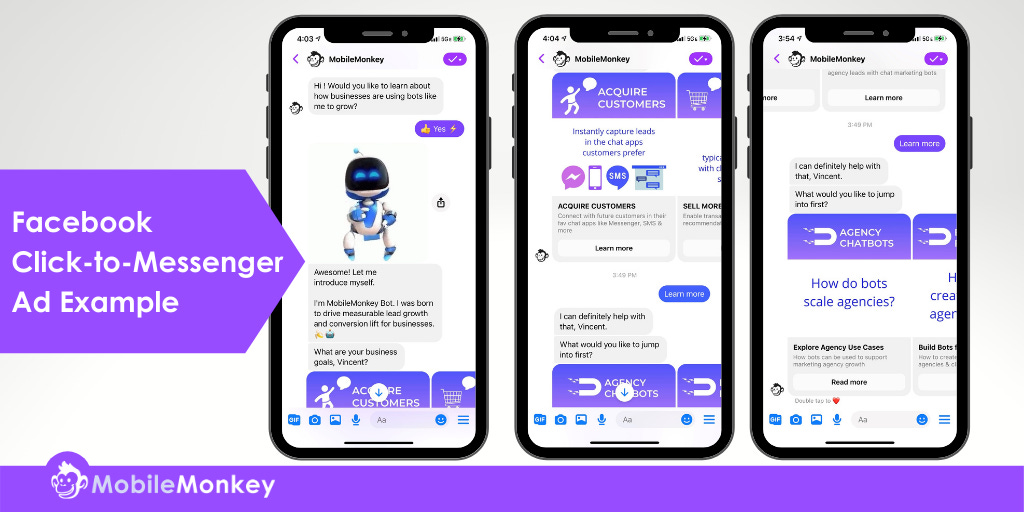AI in Marketing: Would Click-to-Messaging Replace Short-Form Video?
Amazon-Meta deal, Canva, Jasper, Survey results of 1,200+ global B2B + B2C marketers across industries
Folks! Exciting news for marketers! Meta and Amazon have teamed up to bring you a cool new feature. Now, users can connect their Facebook and Instagram accounts with Amazon.
An Amazon spokesperson said in a statement: “For the first time, customers will be able to shop Amazon’s Facebook and Instagram ads and check-out with Amazon without leaving the social media apps.”
Bank of America (BoFA) said in a research note that the customer impact for Amazon could be limited due to "probable overlap" between both companies' user bases.
In our previous post, we discussed by 2032, AI-enabled advertising could account for more than 90% of the total advertising. Now, let's shift our focus to Marketers. In 2023, marketers are going all out to connect with their target audiences, and there's a growing demand for fast, creative and engaging content like never before.
Recently, we've been having conversations with our marketing clients, and they're particularly interested in understanding how their investments in AI are impacting their bottom line, including ROI, increased revenue, and cost savings. They're eager to see the financial numbers and how these investments are affecting their profit and loss statements. In this article, we will cover:
Key findings from a recent survey of 1200+ respondents: Video marketing continues to dominate
Would Click-to-Messaging replace Short-Form Video?
AI ROI, Revenue uplift and Cost Savings in Marketing Function
Insights into why investing in platforms like Canva and Jasper can be beneficial for marketers
Please note: The insights presented in this article are derived from confidential consultations our team has conducted with clients across private equity, hedge funds, startups, and investment banks, facilitated through specialized expert networks. Due to our agreements with these networks, we cannot reveal specific names or delve into detailed topics from these discussions. Therefore, we offer a summarized version of these insights, ensuring valuable content while upholding our confidentiality commitments.
Findings from a recent survey of over 1200 respondents in the marketing industry
We have a few McKinsey ex-consultants in our team and their insights in reports are highly regarded. McKinsey’s Marketing research paper found,
90 percent of commercial leaders expect to utilize Gen AI solutions “often” over the next two years
When we talk to our Commercial Marketing leaders like VPs, directors, and managers, their very first question is usually this: "Can you show us use cases of how AI has made a big difference in Marketing function?" This very much sums up the answer.
If you are wondering lead generation AI examples, Epson America achieved a remarkable 240% increase in engagement with the help of AI assistants. Dell, for instance, uses machine learning algorithms to identify prospects resembling its existing customer base, thus enhancing lead quality.
Let’s think from marketers and how they spend their day doing what.
83% of marketer say that AI helps them create significantly more content than they could without.
Majority of marketers say their workload will increase again in 2023. They say on average, they work on more than 3 campaigns at a time.
Source: HubSpot’s survey 1,200+ global B2B + B2C marketers across industries. Countries Represented Australia, Canada, France, Germany, Japan, Singapore, UK, US
A survey by HubSpot asked over 1,200 B2B and B2C marketers from around the world in various industries about what works best in marketing. The survey found that short videos give businesses the most ROI.
It's important to note that this survey was done before they could check how new smart marketing strategies like Click-to-Messaging, powered by GenAI, perform. We'll have to wait a bit longer to find out those results!
Source: HubSpot’s survey 1,200+ global B2B + B2C marketers across industries. Countries Represented Australia, Canada, France, Germany, Japan, Singapore, UK, US
Would Click-to-Messaging replace short reels / videos?
Let's explain click-to-messaging and how GenAI impacts it in simpler terms:
Click-to-messaging is like a magic button you can click on a website or app to talk to a helpful computer. It's like sending a message to a friendly robot who can answer questions, help you find things, or even set up appointments.
Messenger ads outperform other ads by 2X-10X
GenAI is like the brain behind the robot.
It can talk to you and answer questions instantly.
It knows what you like and can suggest things you might want to buy or read.
It can help a business figure out if you're interested in what they offer.
It can even translate languages and fix problems with your computer.
Let’s see some examples,
The Wall Street Journal uses a Messenger bot that sends their opt-ins breaking news on a number of topics each day.
It first asks if the user would like to opt-in to alerts and topics they would like to receive. the bot sends relevant news articles and presents the user with more topics to choose from.
Another example, Calm App uses Amazon Personalize to increase app usage. By using Amazon Personalize and doing lots of testing, Calm got 3.4% more people using their app every day.
Amazon has a product called Amazon Personalize, which helps make personalized product suggestions for online shoppers. It uses smart technology to do this in real-time.
Calm, an app with lots of content, wanted to help its users find the right stuff easily. They noticed that if users spent too long looking for something, they might get frustrated and leave the app.
So, they used a clever rule to suggest the most popular content, like Sleep Stories, in the style the user liked.
Below one is Facebook’s ad example.
Click-to-messaging and short video content serve different purposes in marketing, and their effectiveness depends on various factors. Click-to-messaging typically involves directing users to engage in one-on-one conversations with a brand or business through messaging apps, while short videos are concise, engaging video content designed to convey a message quickly. Whether click-to-messaging can replace short video content in terms of ROI for marketers depends on the marketing goals, target audience, and the specific campaign strategy. We have seen following plays role in deciding:
Marketing Goals: The choice between click-to-messaging and short video content should align with specific marketing goals. For example, if the goal is to provide immediate customer support, click-to-messaging may be more effective. If it's to increase brand awareness, short videos may be preferable.
Target Audience: Understanding the preferences and behavior of the target audience is crucial. Some users may prefer interactive messaging, while others may respond better to visual content.
Integration: Many successful marketing strategies involve a combination of different tactics. Marketers often integrate click-to-messaging with other content types, including short videos, to create a comprehensive marketing campaign.
Testing and Optimization: Marketers should continually test different strategies and content formats to determine what works best for their specific audience and industry.
The choice between the two should be based on a strategic assessment of marketing goals and audience needs.
AI ROI, Revenue uplift and cost savings in Marketing Function
ROI in marketing is like figuring out if you're making more money than you spent on advertising and promotions. It's like checking if you earned more from selling stuff than what you paid to market it.
Key ROI metrics include things like how much it costs to get a new customer (customer acquisition cost), how much money a customer brings in over their lifetime (customer lifetime value), how many people actually buy something after seeing your ad (conversion rates), and how much total money your marketing brings in. These numbers help you decide if your marketing is doing a good job or not.
Today’s marketing is complex than ever. its no longer a simple matter of “getting traffic.”
If you're curious about the returns companies are seeing from their AI investments in marketing, it's not a one-size-fits-all answer. The ROI heavily depends on various factors. The quality and amount of available data play a significant role; the more refined the data, the better the AI can function. Additionally, the maturity level of AI integration within the organization matters. Companies that have been leveraging AI for longer periods tend to see more optimized results. Lastly, factors like the company's customer base, market dynamics, and industry specifics can also influence the outcome. In essence, while the potential for significant returns is there, it's essential to consider the unique circumstances of each company.
However, our clients have experienced a revenue increase ranging from 4% to 20% across industries.


